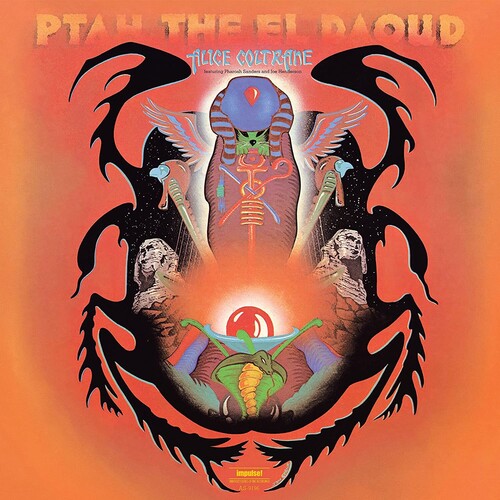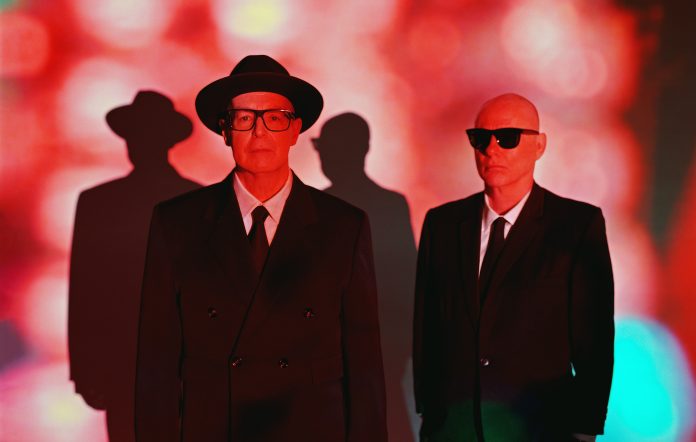
Alice Coltrane – Ptah, The El Daoud
Weekly Review:
If you know anything about Jazz it’s more than likely when you hear the name Coltrane, the surname John comes to mind.
More than any other Jazz musician, John Coltrane was responsible for delivering Jazz from the hard bop of the 1950’s through a more model style and eventually splitting the game wide open to becoming the comprehensive and diverse musical genre that it is today.
The scope of what jazz encompasses makes it almost impossible to define. One of it’s most powerful trends is it’s connection to the presence of improvisation with a higher spiritual power.
In Dec. of 1964 John Coltrane famously fused spirituality and jazz through his album: A Love Supreme. What many may not know is that his wife Alice Coltrane Turiyasangitananda, a jazz pianist and harpist in her own right, was a important influence on that work.
After her husbands death in 1967 Alice would pick up the mantle of what would come to be known as “spiritual jazz” and fused it with her own passion for Eastern mindfulness practices and Egyptian mythology.
“Ptah, The El Daoud” is Alice Coltrane’s third full length studio album. It was recorded in the basement of her house in Dix Hills on Long Island, New York in 1970. All the compositions were written by her.
Coltrane composed “Ptah, The El Daoud,” and its predecessors, A Monastic Trio(1968) and Huntington Ashram Monastery(1969), partially out of grief for the death of her husband, John, who died of liver cancer in 1967.
The title track is named for an Egyptian god, Ptah, “the El Daoud” meaning “the beloved”. The second track on “Ptah…” is titled “Turin’s & Ramakrishna.” “Turiya”, according to the liner notes, “was defined by Coltrane as “a state of consciousness — the high state of Nirvana, the goal of human life”, while “Ramakrishna” was a 19th-century Bengali religious figure and also denotes a movement founded by his disciples.
Coltrane famously utilized two of her favorite Sax players: Joe Henderson, considered a more technical player and the more experimental, Pharaoh Sanders
Throughout the album Sanders is recorded on the right channel while Henderson is on the left. Coltrane noted: “Joe Henderson is more on the intellectual side, while Pharoah is more abstract, more transcendental.”
This album poses a nice balance of the flowing and the concrete… shadow and light, weight and lift.
I hear a lot of Alice Coltrane’s influence in some of today’s more popular contemporary Jazz artists like Shabaka Hutchings and Nubia Garcia.
For those wanting to explore the work of this important figure in the late modern Jazz period I can’t think of a better jumping off point. – Major Matt

